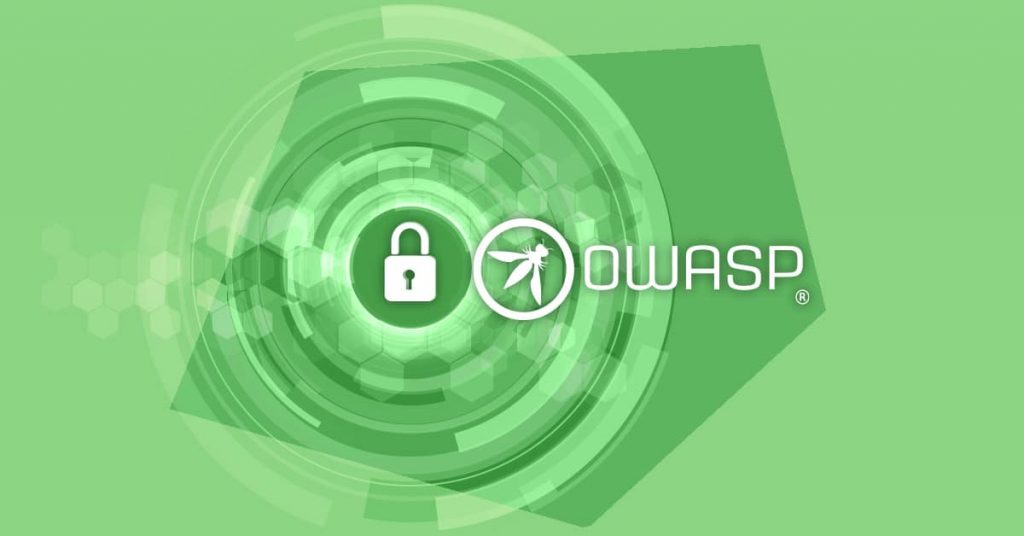

Before open-source software (OSS) was commonplace, building applications was a tedious and time-consuming process. As it became more common to release code for community use, development time rapidly increased. Developers could build on previous work and didn’t have to waste time reinventing applications that already existed.
However, because anyone could access the code, hackers could easily discover exploitable vulnerabilities and take advantage of them. To help combat this, the Open Web Application Security Project (OWASP) was founded to help educate stakeholders about the best methods of developing, purchasing, and maintaining secure applications.
OWASP is a nonprofit organization that provides a range of free resources you can use to improve the security of your web applications. OWASP is playing an ever-growing role in application security as people depend on them for more functions. Speeding up time-to-market is a pressure almost all development teams face in the modern software landscape. Under this pressure, it’s easy to overlook small details that can lead to big security risks.
OWASP initiatives cover many projects aimed at improving different aspects of application security, including:
The OWASP ASVS is an open-source security framework that outlines a standard basis for defining, implementing, and testing application technical security controls. It’s used by a wide range of stakeholders, including developers, auditors, and testors to verify the security of applications.
The comprehensive nature of the ASVS makes it a valuable resource for DevSecOps teams in organizations of all sizes and stages of security maturity. Its thorough list of security requirements include elements such as authentication mechanisms, data protection measures, input validation, error handling, and business logic verification.
Because application security standards that are far beyond your current security maturation level can be overwhelming, the OWASP ASVS takes a layered approach to implementing a security framework. You can choose the level that’s most appropriate for the sensitivity of your application.
Security levels include:
In response to the increase in sophisticated threats such as supply chain attacks, advanced persistent threats, and AI-driven social engineering attacks, the industry as a whole is addressing security earlier in the development process with a shift left approach.
ASVS supports continuous security practices by encouraging teams to define security requirements during the planning and design phases. When you align your security goals with application requirements early in the development process, you can identify and mitigate risks early on.
If you choose a high-risk framework, the ASVS incorporates stricture security measures during the design process. It also outlines specific, actionable requirements in many categories. These standards make it simple for development teams to bake in security throughout the software development lifecycle (SDLC).
Advances in technology and artificial intelligence are driving new and insidious cybersecurity threats that have the potential for significantly damaging ramifications. In response to these high-risk situations, countries, states, and industries are issuing stricter cybersecurity and data protection regulations.
The ASVS aligns with these regulations and with existing standards such as the OWASP Top 10. Its step-by-step guide covers standard best practices and updated regulatory requirements such as the General Data Protection Regulation (GDPR), the NIST Cybersecurity Framework, and the payment standards, PCI-DSS.
ASVS gives you measurable, consistent standards for evaluating security to help you manage risk in procuring, deploying, and monitoring web applications.
Like other rigorous security frameworks, ASVS is widely used by security-conscious stakeholders in many industries, such as finance, government, and healthcare. In the finance sector, ASVS can help secure online banking platforms and payment gateways. In the government and public sector, it can protect sensitive data and critical infrastructure. Healthcare organizations can depend on ASVS to secure patient data and clinical research.
In these and other industries, ASVS is used by people in roles such as:
A mature cybersecurity posture requires a multi-faceted approach that uses multiple types of testing tools to identify and mitigate application security threats. These automated testing tools include static application security testing (SAST), dynamic application security testing (DAST), and software composition analysis (SCA).
Kiuwan SAST can be deployed in your integrated development environment (IDE) to provide immediate feedback to developers so they can find and address security flaws before they’re committed to the code base and released. Identifying and correcting vulnerabilities early is much cheaper and easier than fixing them after release.
Kiuwan SCA gives you insight into your open-source risk such as hidden dependencies. It will also give you clarity about your licensing obligations and risks, so you can protect your intellectual property and avoid expensive fines.
Want to see how it can empower you to focus on creating resilient applications through automated testing solutions? Reach out today and request a free demo.


